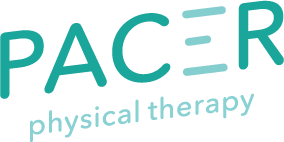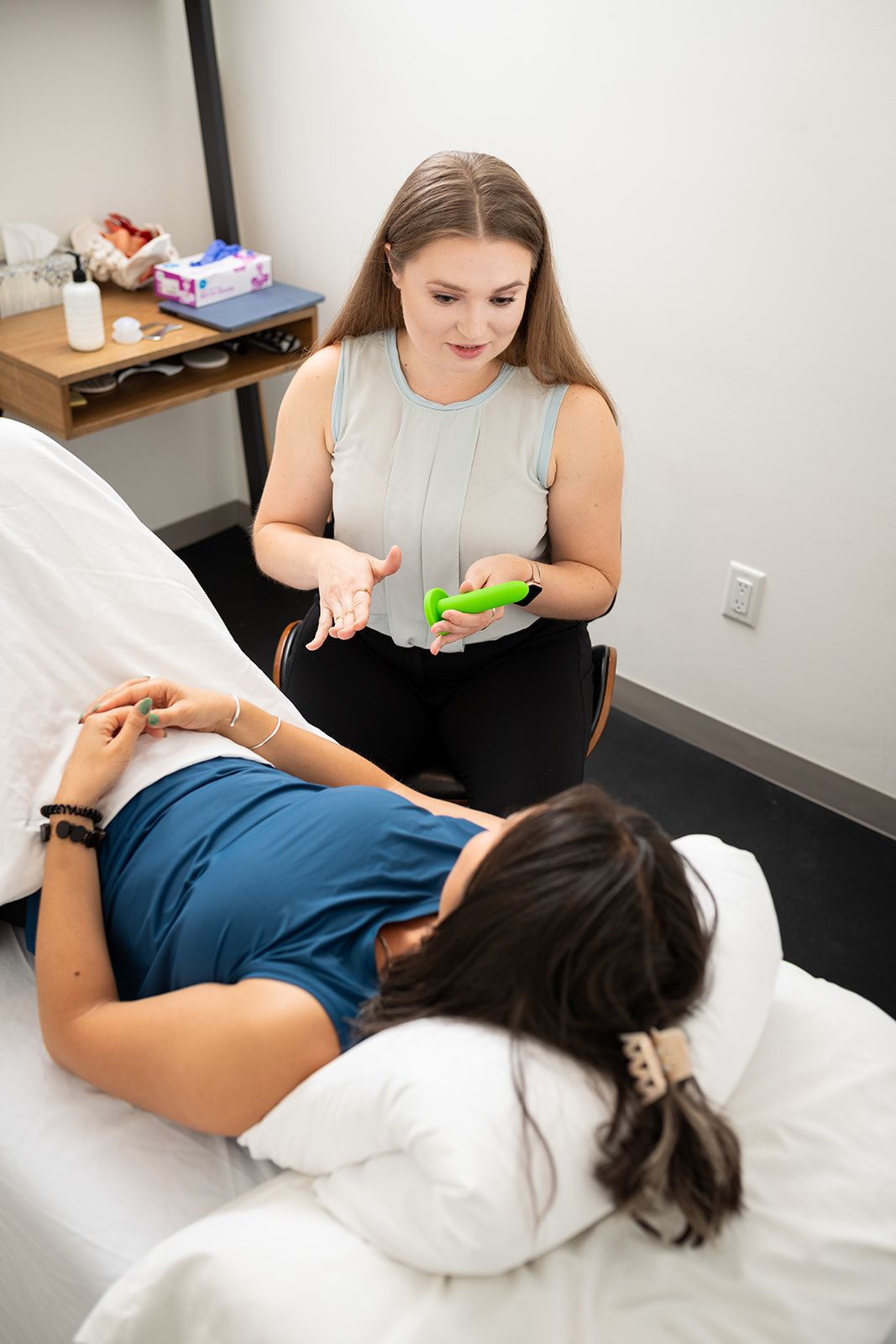What Is Diastasis Recti?
Diastasis recti is a separation of the rectus abdominis muscles—commonly known as the “six-pack” muscles—that occurs when the connective tissue between this muscle group stretches and thins. This condition frequently develops during pregnancy due to the growing uterus placing pressure on the abdominal wall. While it is a natural adaptation, in some women, the separation persists well after childbirth, leading to core weakness, instability, and a noticeable abdominal asymmetry.
For postpartum women, this condition can affect everything from posture and breathing to overall strength and physical confidence. It’s not just a cosmetic concern, diastasis recti can contribute to issues like lower back pain, pelvic floor dysfunction, and difficulty with everyday movements like lifting, bending, or even standing upright for long periods.
Understanding that diastasis recti is a treatable condition is key. With the right guidance and targeted physical therapy, many women can restore core integrity and regain strength safely.

Common Signs and Symptoms
Many women don’t realize they have diastasis recti until they begin to notice lingering core weakness or changes in their abdominal shape long after giving birth. One of the most common indicators is a visible “doming” or bulging down the midline of the abdomen, especially during activities that engage the core, like sitting up or lifting.
Additional signs to watch for include:
-
- A noticeable gap or softness in the midline of the abdomen when lying on your back and raising your head.
-
- A feeling of core instability or weakness, especially during movement.
-
- Lower back pain or discomfort, often caused by poor support from the abdominal muscles.
-
- Pelvic floor issues, such as urinary leakage or heaviness.
-
- Poor posture or difficulty engaging the core during exercise or daily tasks.
These symptoms can vary in severity, but even mild cases can impact long-term physical function if left unaddressed. Identifying diastasis recti early allows for targeted, effective treatment that supports healing and helps restore confidence in movement.
Why Early Assessment Matters
Catching diastasis recti early—ideally within the first few months postpartum—can significantly improve recovery outcomes. The postpartum body is in a natural state of healing, and with the right support, this window offers a prime opportunity to restore abdominal function before compensatory movement patterns become ingrained.
A physical therapist trained in postpartum care and pelvic health can assess the depth, width, and tension of the abdominal separation and design a personalized plan for recovery. Without this guidance, many women may unknowingly worsen the condition through traditional ab workouts with difficulty with intra-abdominal pressure management and deepen the separation.
Early assessment also helps identify related issues, such as pelvic floor dysfunction or postural imbalances, which often accompany diastasis recti. The sooner these issues are addressed, the easier it is to prevent long-term discomfort and regain strength safely and efficiently.
At Pacer Physical Therapy, early intervention is a key part of our postpartum care philosophy. We focus on gentle, progressive techniques that encourage healing without adding strain and support you in a core program that is effective.
How Physical Therapy Can Help
Physical therapy plays a central role in both assessing and treating diastasis recti. Unlike generalized fitness programs, a skilled physical therapist tailors each recovery plan to the individual, addressing the unique ways diastasis recti affects posture, breathing, core control, and functional movement.
Treatment typically begins with breath work and core activation exercises designed to re-engage the deep abdominal muscles, particularly the transverse abdominis and rectus abdominis. From there, patients progress through a carefully structured plan that includes:
-
- Postural retraining to reduce strain on the abdominal wall and promote balance.
-
- Functional movement re-education for daily tasks like lifting, twisting, or bending.
-
- Progressive strengthening of the core, hips, and pelvic floor without overloading the healing tissues.
-
- Education on safe movement patterns to avoid making the condition worse during recovery.
This targeted approach reduces the risk of re-injury, enhances core coordination, and builds a strong foundation for long-term wellness.
Also from our blog:
From our blog
Your VBAC Guide: Empowering You with Knowledge and Confidence
Early C-Section Recovery: 6 Helpful Tips
Returning to Exercise After a C-Section: The 4 Step Approach
Urine Control: Tackling Leaking Postpartum
5 Ways to Maximize Your Return to Jumping Postpartum
At Pacer Physical Therapy, we help women move beyond “bouncing back” by rebuilding real strength from the inside out—supporting not just recovery, but confidence in their body.
What to Expect at Pacer Physical Therapy
At Pacer Physical Therapy in Boston, we take a whole-person approach to treating diastasis recti. From your first visit, our goal is to understand your unique postpartum experience and design a recovery plan that aligns with your lifestyle, symptoms, and goals.
Your care begins with a comprehensive assessment, where we evaluate your core strength, posture, breathing patterns, pelvic alignment, and the degree of abdominal separation. This hands-on evaluation helps us pinpoint the exact support your body needs to heal.
Treatment sessions often include:
-
- One-on-one guided exercises to activate and retrain deep core muscles.
-
- Manual therapy techniques when needed to improve tissue mobility and reduce discomfort.
-
- Integration of services like fitness coaching to support safe re-entry into more dynamic movement or exercise routines.
-
- Referrals to our community classes for postpartum strengthening or pelvic health support, if desired.
We understand that every postpartum journey is different. Whether you’re newly postpartum or several years out, it’s never too late to restore core function and feel stronger in your body again. Pacer is here to support you every step of the way.
When to Seek Help
If you’re experiencing signs of diastasis recti, it’s important to consult with a licensed physical therapist who specializes in postpartum care. Even mild symptoms can lead to long-term issues if left untreated, and early intervention can make a significant difference in your recovery process.
At Pacer Physical Therapy Boston, we encourage women to schedule an evaluation as soon as they suspect diastasis recti, regardless of how long it’s been since delivery. Our experienced physical therapists understand the unique challenges postpartum women face and offer expert guidance through every stage of healing.
As a trusted Boston physical therapy clinic, we provide customized, one-on-one care designed to rebuild strength, restore core function, and help you feel confident in your body again. Whether you’re a few weeks or a few years postpartum, Pacer Physical Therapy is here to support your wellness journey with compassionate, evidence-based care.





